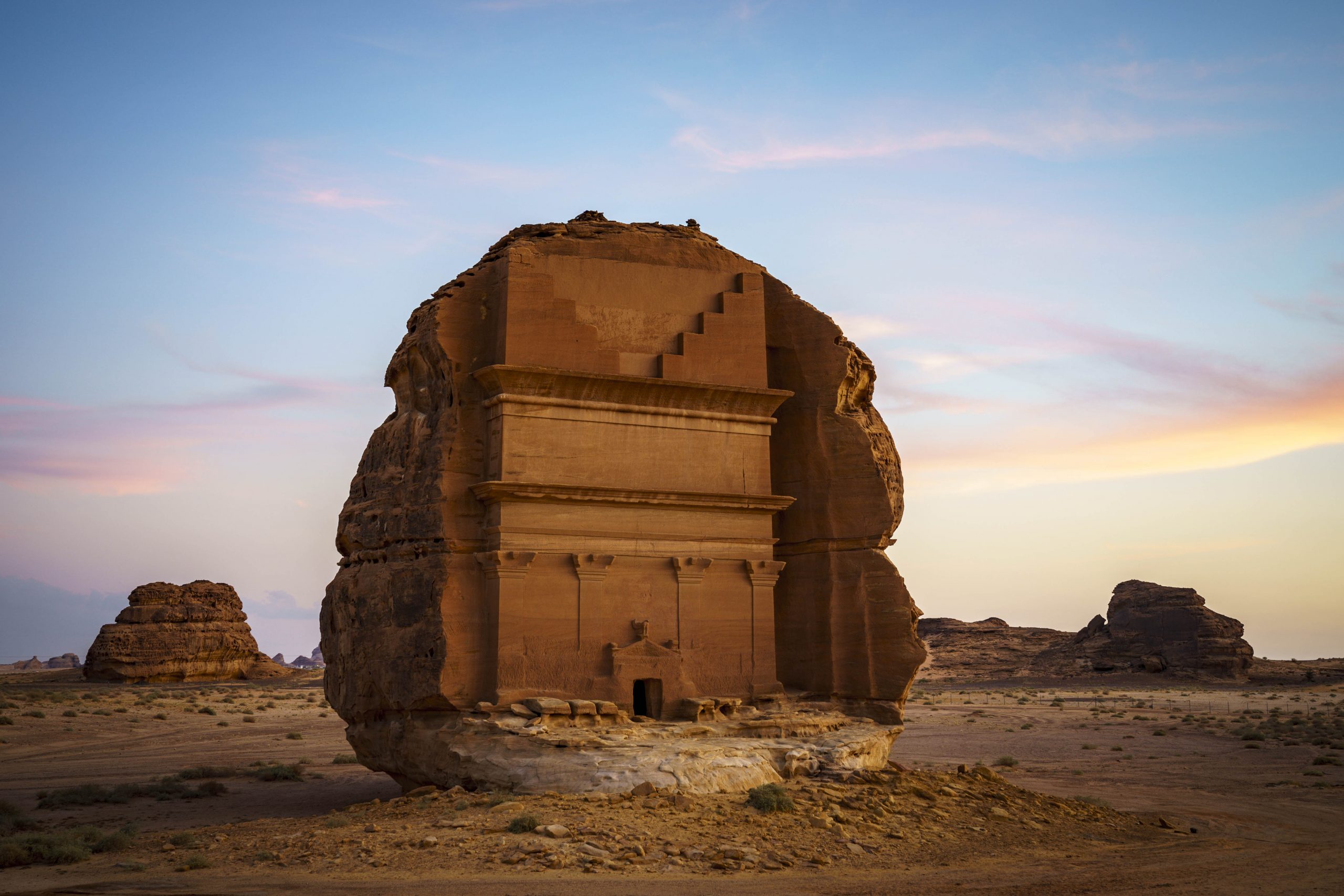History & Heritage
11.12.2021
Royal Commission for Al Ula signs five-year partnership with UNESCO

A cooperation in several areas “The relationship between Saudi Arabia and UNESCO builds on a long history that extends back to 1946, when the Kingdom became a Member State of our Organization.” Audrey Azoulay, Director-General of UNESCO, concluded in these terms this historic partnership with Prince Badr bin Abdullah Al-Saud, minister of Culture in Saudi […]
A cooperation in several areas
“The relationship between Saudi Arabia and UNESCO builds on a long history that extends back to 1946, when the Kingdom became a Member State of our Organization.” Audrey Azoulay, Director-General of UNESCO, concluded in these terms this historic partnership with Prince Badr bin Abdullah Al-Saud, minister of Culture in Saudi Arabia, this Wednesday, November 10 in Paris.
This five-year agreement aims to protect the natural and cultural heritage of the Al Ula site, where several traces of thousand-year-old civilizations have been discovered, such as the tombs dug into the mountains by the Nabateans, among others. To this end, ten cultural and educational programs will be set up in the next five years, in order to promote cultural and scientific exchanges aimed at preserving the biodiversity and cultural remains of Al Ula.
In an attempt to discover more about the millennia-old civilizations that passed through Saudi Arabia, nine archaeological missions will operate at the site, as well as four missions to conserve the remains already discovered. A temporary UNESCO mission will be set up on the site in December.

Al Ula desert
A major advance for the heritage of Al Ula
Listed as a UNESCO World Heritage Site since 2008, the extraordinary site of Al Ula continues to reveal its secrets. Spread over 30,000 kilometers (the size of Belgium!), this oasis includes several different ecosystems, and can thus be very desert and rocky, as well as green with cultivable land. The only agglomeration of the site counts moreover 40 000 inhabitants.
This partnership is therefore essential to better understand the biodiversity and the particular ecosystem of Al Ula, especially after the announcement of the kingdom’s commitment against global warming and for the respect of the environment. Indeed, several academics from around the world will be invited to impart cutting-edge technologies and scientific skills in ecological transition, to sustainably transform the cultural, heritage and natural landscape of Al Ula. A UNESCO Kingdoms Institute Fellowship Program will also be made available to scientists for research, preservation, promotion and transmission of heritage.

Audrey Azoulay and Prince Badr bin Abdullah Al-Saud at UNESCO in Paris
In addition, part of the ten programs proposed by this partnership will be designed to document and study the thousands of archaeological sites in Al Ula, some of which date back more than five centuries BCE. State-of-the-art technology will also be used to study the origins of Arabic writing, based on several inscriptions found on thousand-year-old buildings.
See also
Al Ula moves into higher gearpopular

